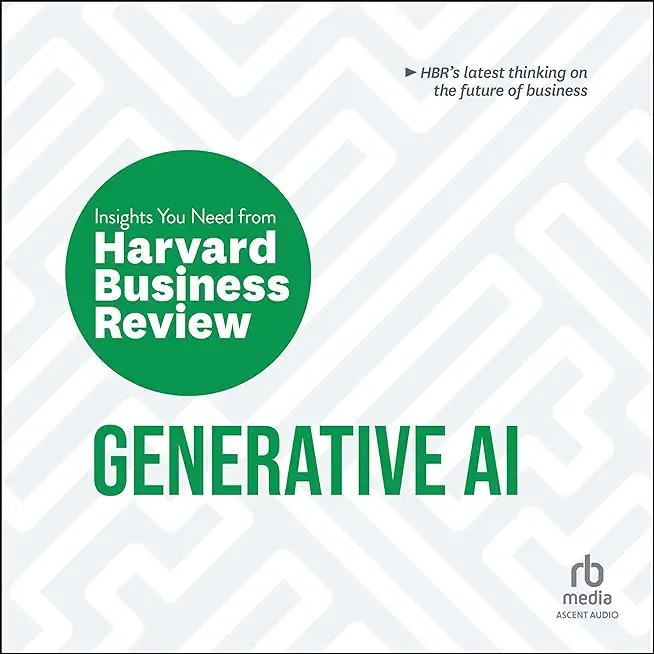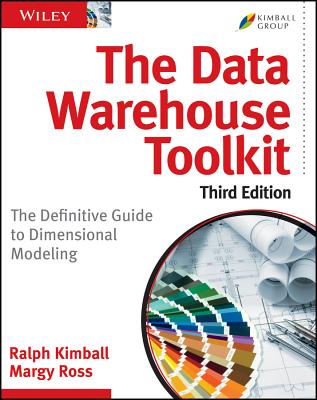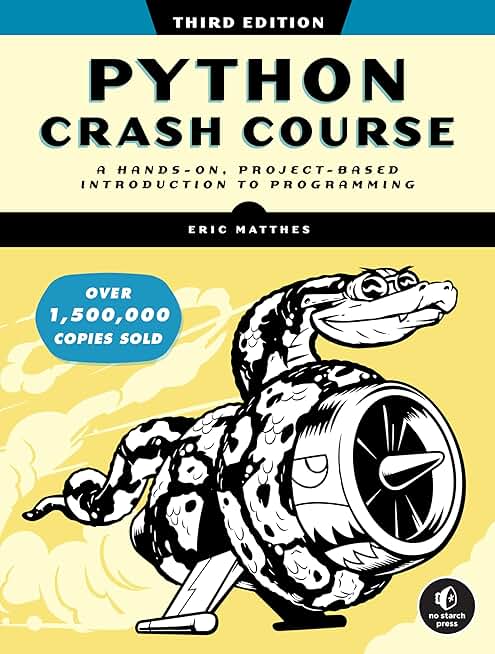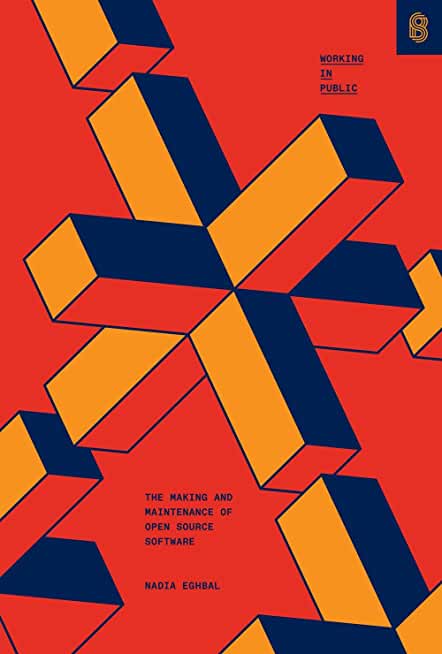Introduction to Java Programming Version 8.0 Training in Springfield
|
We offer private customized training for groups of 3 or more attendees.
|
||
Course Description |
||
| The five-day timeline of this course explicitly targets less experienced
programmers, providing them with a thorough step-by-step introduction to
Java programming. It lays a firm foundation for further study of Java.
There are a large number of example programs and many labs. An
important thrust of this course is to teach programming from an
object-oriented perspective. It is often difficult for programmers
trained originally in a procedural language to start "thinking in
objects." This course introduces object-oriented concepts very
early, and Java is developed in a way that leverages its object
orientation. Most of the course emphasizes simple classes without
inheritance. The last chapter introduces inheritance and polymorphism,
along with interfaces and collections. This revision of the course
targets the Java 8 language and Core API
Course Length: 5 Days
Course Tuition: $2250 (US) |
||
Prerequisites |
|
| Good general problem solving skills. Some previous experience programming in a procedural language is essential. | |
Course Outline |
Chapter 1. What is Java?
Chapter 2. First Java Programs
Chapter 3. Introduction to Objects
Chapter 4. Data Types and Operators
Chapter 5. Booleans and Enumerations
Chapter 6. Loops and Program Flow
Chapter 7. Objects and Classes
Chapter 8. Characters and Strings
Chapter 9. Modular Programming
Chapter 10. Arrays
Chapter 11. Bit Operations
Chapter 12. Exception Handling and More Flow Control
Chapter 13. Advanced Java Features
|
Course Directory [training on all levels]
- .NET Classes
- Agile/Scrum Classes
- AI Classes
- Ajax Classes
- Android and iPhone Programming Classes
- Azure Classes
- Blaze Advisor Classes
- C Programming Classes
- C# Programming Classes
- C++ Programming Classes
- Cisco Classes
- Cloud Classes
- CompTIA Classes
- Crystal Reports Classes
- Data Classes
- Design Patterns Classes
- DevOps Classes
- Foundations of Web Design & Web Authoring Classes
- Git, Jira, Wicket, Gradle, Tableau Classes
- IBM Classes
- Java Programming Classes
- JBoss Administration Classes
- JUnit, TDD, CPTC, Web Penetration Classes
- Linux Unix Classes
- Machine Learning Classes
- Microsoft Classes
- Microsoft Development Classes
- Microsoft SQL Server Classes
- Microsoft Team Foundation Server Classes
- Microsoft Windows Server Classes
- Oracle, MySQL, Cassandra, Hadoop Database Classes
- Perl Programming Classes
- Python Programming Classes
- Ruby Programming Classes
- SAS Classes
- Security Classes
- SharePoint Classes
- SOA Classes
- Tcl, Awk, Bash, Shell Classes
- UML Classes
- VMWare Classes
- Web Development Classes
- Web Services Classes
- Weblogic Administration Classes
- XML Classes
Java Programming Uses & Stats
|
Difficulty
|
Popularity
|
Year Created 1995 |
|
Pros
Most Commonly Used:
Great Career Choice:
Android Apps Development:
It Can Run On Any Platform:
Great Supporting IDE's: |
Cons
Uses a Lot of Memory:
Difficulty in Learning:
Slow Start Up Times:
Verbose and Complex Code:
Commercial License Cost: |
| Java Programming Job Market |

Average Salary
|

Job Count
|

Top Job Locations
New York City |
|
Complimentary Skills to have along with Java Programming
- If you are an experienced Java developer, learning a complimentary language to Java should come much more naturally. As an example JetBrains recently created the Kotlin programming language which is officially supported by Google for mobile development. Kotlin compiles to Java bytecode and runs on the JVM; it's purported to address many of Java's shortcomings... |






